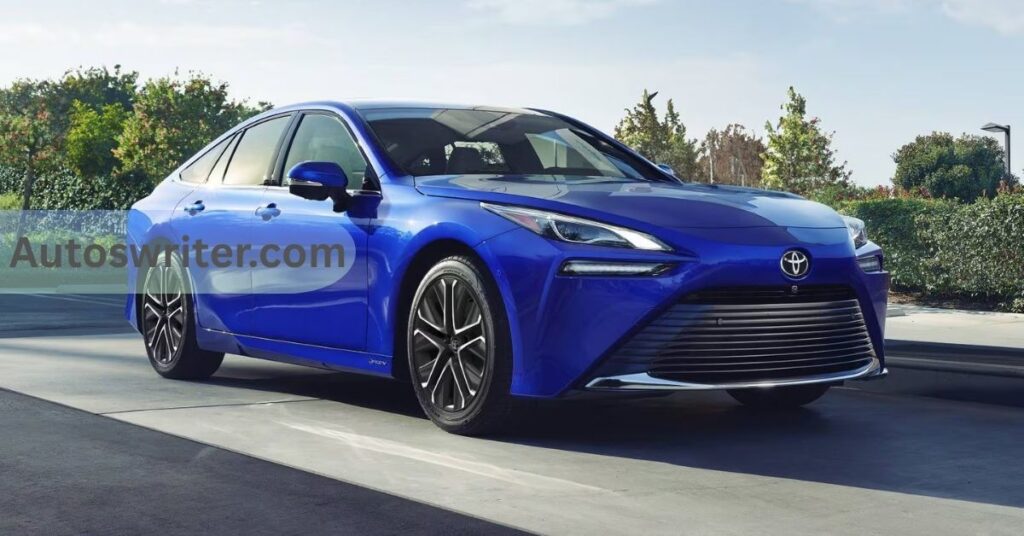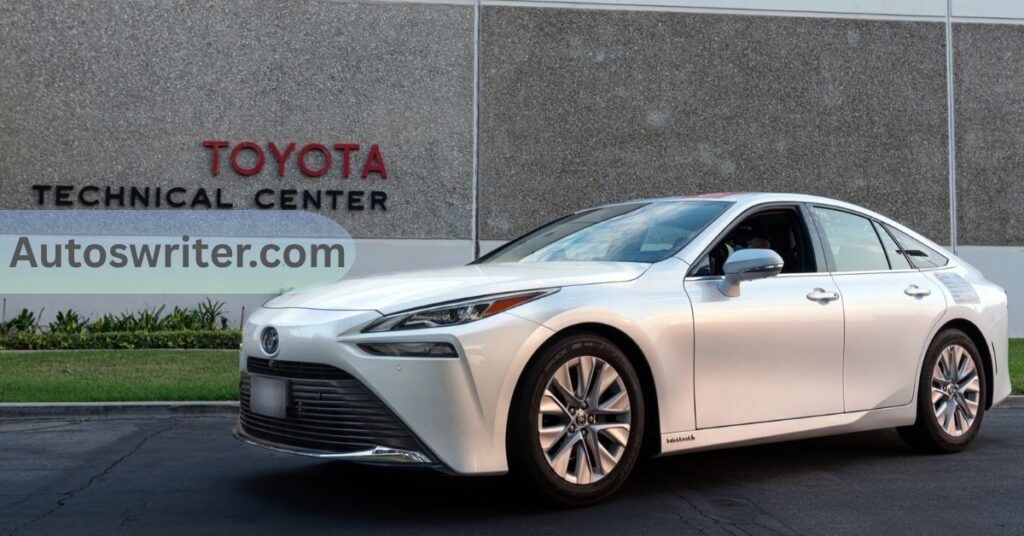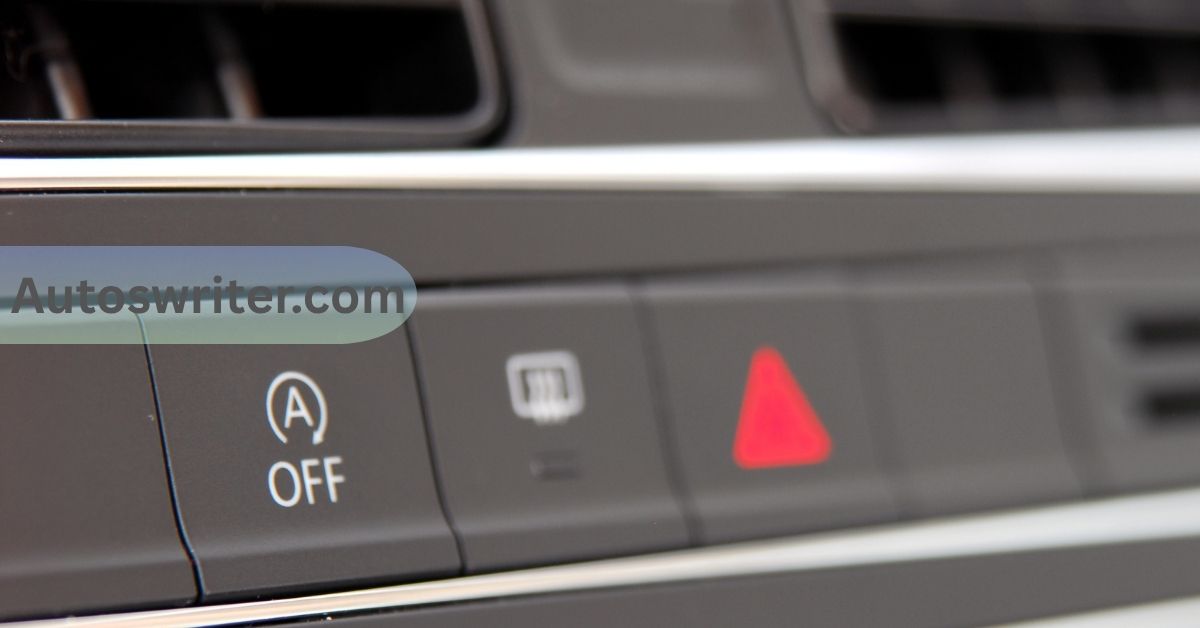The Toyota Mirai is a special kind of car. It is a fuel cell electric vehicle (FCEV). This means it runs on hydrogen gas to produce electricity and only emits water vapor. It is like an electric car (a battery electric vehicle, or BEV), but you fill it with hydrogen instead of plugging it in.
Although the Mirai is well-built by Toyota, used Mirai cars often sell for very low prices. Here, we explain why that happens.
Only a few hydrogen fuel stations exist, mainly around Los Angeles and San Francisco. This map shows the minimal refueling network. Mirai owners are primarily located in California.
Where You Can Drive a Mirai:
The Mirai needs special hydrogen pumps. Sadly, there are very few of these pumps. Almost all public hydrogen stations in the U.S. are located in California, primarily near Los Angeles or the Bay Area. By 2025, the state hoped to have 200 stations, but only about 50 have been built. There is just one hydrogen pump on the long highway between Los Angeles and San Francisco.
Outside of California (and a few in British Columbia), you cannot refill a Mirai. Owners say they are “tethered” to California because there is no fuel elsewhere. As a result, most Mirai drivers reside in California. If you buy a Mirai, you are usually stuck driving near the few stations that exist.
Stations also frequently break or run out of hydrogen. Sometimes, a big company even closed all its stations. For example, Shell shut down 7 California stations after spending millions. All this means a Mirai is mainly a California car. Outside that area, you cannot use it as a normal car.
Why the Resale Price of Toyota Mirai is so Low:

Because Mirais can only be fueled at a few locations, they are difficult to sell. Few people want a car that they can’t drive far. This makes demand very low. Even Toyota admits it: with high fuel prices and a limited number of stations, Mirai sales have dropped significantly.
In the first half of 2023, approximately 1,765 fuel cell cars were sold; however, in the first half of 2024, only 298 were sold. That is a significant drop. By comparison, regular electric vehicles (BEVs) are much more popular.
Lower demand means Mirais lose value fast. Lawsuits claim that the Mirai’s value dropped 90% after purchase because owners could barely use their cars. In other words, a Mirai that costs, say, $40,000 might be worth only a few thousand after a year. Dealers and sellers are aware of this, so they list used Mirais at very low prices.
Another reason is Toyota’s significant incentives. Recently, Toyota cut the price of new Mirais by up to 70% in California. For example, a new Mirai XLE went from about $50,000 to just $15,000, with $15,000 of free hydrogen included. This means a new Mirai costs about the same as a cheap used car.
When new Mirais became this inexpensive, used ones had to be even more affordable. Toyota even offered 0% financing for up to 6 years and a generous amount of free fuel. All these deals push down resale values.
In short, Mirai prices are low because hardly anyone outside California can use them, fuel is pricey, and Toyota has flooded the market with huge discounts and free hydrogen. Customers were warned about these problems, and some even sued Toyota, claiming they were misled about the limited fueling capabilities.
Also Read: Toyota Tundra Issues-What Owners Need to Know
What You Get With a Used Mirai:
Despite these problems, Mirai has some redeeming qualities.
1. Quality:
Toyota is known for building cars that last. In reliability surveys, Toyota ranks at the top of mass-market brands. Although Mirai is a relatively new technology, it was developed by Toyota and is well-engineered. Toyota offers an extended warranty on its fuel cell system: 8 years or 100,000 miles, whichever comes first. This is similar to the battery warranties of battery-electric cars. Additionally, certified used Mirais still come with a 12-month/12,000-mile limited warranty for other parts.
The Toyota Mirai appears to be a sleek sedan, but under the hood, it features a fuel cell stack and an electric motor rather than a gasoline engine. It offers quiet driving and quick refueling.
2. Comfort and Range:
The Mirai is quiet, like an electric car, and it can travel a long distance on a single fill. The 2024 model has ~182 horsepower and achieves a fuel economy equivalent to around 76 mpg in the city and 71 mpg on the highway, with a range of over 300 miles. (One report even says up to 400 miles per tank.) It only takes a few minutes to refill the hydrogen, just like refueling a car, instead of waiting at a charger. This makes it suitable for long drives in areas where fuel is readily available.
3. Incentives:
Many used Mirais come with extra benefits. For example, Toyota often includes up to 3 years or $15,000 of free hydrogen fuel for certified used Mirais. That means a driver can fill up for free for a few years (up to the $15k limit). Used Mirais may also qualify for federal and state credits.
There is a federal income tax credit of up to $4,000 for a used Fuel Cell Electric Vehicle (FCEV). In California, Mirai owners can receive a rebate of up to $6,500 under the Clean Vehicle Rebate Project. Some state programs even allow HOV (carpool lane) stickers on zero-emission vehicles. All these extras can reduce the effective cost of the car.
4. Maintenance:
The Mirai’s maintenance is similar to a battery-electric vehicle in many ways. It does not have a gasoline engine, so you don’t need regular oil changes like in a gas car. The main service items include brake inspections, tire rotations, and fluid checks (such as coolant and brake fluid). It also features a hydrogen fuel system that requires inspection for safety and leaks.
Toyota provides ToyotaCare on new Mirais (2 years or 25,000 miles), covering routine maintenance like oil changes and tire rotations, and this coverage can help when buying used. Generally, Mirai maintenance is no more complicated than that of an electric or hybrid car.
Also Read: Goodwill Toyota Fix Canada-Complete Owner’s Guide
Should You Still Consider Toyota Mirai?

A used Mirai can be a great deal if you plan to use it in California. Due to the steep price cuts and fuel perks, Southern California drivers can obtain a Mirai at a remarkably low monthly cost. After promotions, a new Mirai XLE might cost only about $15,000 (with a $15,000 fuel credit).
Add a $4,000 federal tax credit and a state rebate of up to $6,500, and the out-of-pocket price can be very low. You also get Toyota’s quality, an extended warranty on the fuel cell, and the modern tech of a hydrogen car.
However, think carefully about your driving habits. If you primarily drive around Los Angeles or the Bay Area (or between them) and rarely leave California, a Mirai could be a sensible choice. You would enjoy zero tailpipe emissions, a quiet ride, and quick fueling.
But if you travel outside the hydrogen station network, the Mirai becomes impractical. Remember: after the free fuel runs out, hydrogen costs approximately $14 per kilogram in California, which translates to around $175 per fill-up. That is expensive fuel.
In summary, a used Mirai is inexpensive due to several limitations, including a limited number of fueling stations, lower demand, and Toyota’s significant incentives. But if those limitations do not affect you—if you live where hydrogen pumps exist and you can take advantage of the incentives—then a Mirai can be a surprisingly affordable and comfortable car.
Just be sure you understand how the car differs from a regular gasoline or battery-powered car. It still has moving parts, like any vehicle, but its central power system consists of a hydrogen fuel cell and a small electric battery. With good care, a Mirai can be pretty reliable, thanks to Toyota’s build quality and warranties. Only you can decide if the low price outweighs the refueling challenges.
Frequently Asked Questions:
Q1. Why are used Toyota Mirai cars so cheap?
Used Mirais are relatively inexpensive, mainly due to the limited number of hydrogen fueling stations, especially outside California. Low demand and generous Toyota incentives (like $15,000 in free fuel) also drive prices down.
Q2. Can I buy a used Mirai if I don’t live in California?
It’s not recommended. Outside of California, hydrogen stations are extremely rare or nonexistent. Without fuel access, the car would be unusable.
Q3. How much does it cost to fill up a Toyota Mirai?
Hydrogen costs around $14 to $16 per kilogram in California. Since a Mirai holds about 5 kilograms, a full tank can cost over $70—and in some areas, even up to $175 without free fuel credits.
Q4. Is the Toyota Mirai a reliable long-term option?
Yes. Built by Toyota, the Mirai is known for reliability. Owners report a few issues over 100,000+ km. It also includes an extended warranty for the fuel cell system, covering 8 years or 100,000 miles.
Q5. What kind of maintenance does the Mirai require?
Maintenance is similar to a hybrid or electric car. There is no need for an engine oil change. Most upkeep involves brake checks, coolant replacement, and fuel system inspections. Costs are generally low if the project is completed on schedule.
Conclusion:
The Toyota Mirai offers an interesting mix of cutting-edge hydrogen technology, luxury features, and surprisingly low used prices. But its most significant weakness—hydrogen fueling infrastructure—can also make it a risky purchase if you live outside California or plan to travel often.
The car itself is reliable and well-made, backed by Toyota’s strong warranty, and usually includes thousands of dollars worth of free fuel. Still, it’s not a one-size-fits-all solution. If you live in a region with working hydrogen stations and understand the long-term limitations, a used Mirai could be a smart, budget-friendly way to drive a near-zero-emissions car. If not, the deal might be too good to be true.



